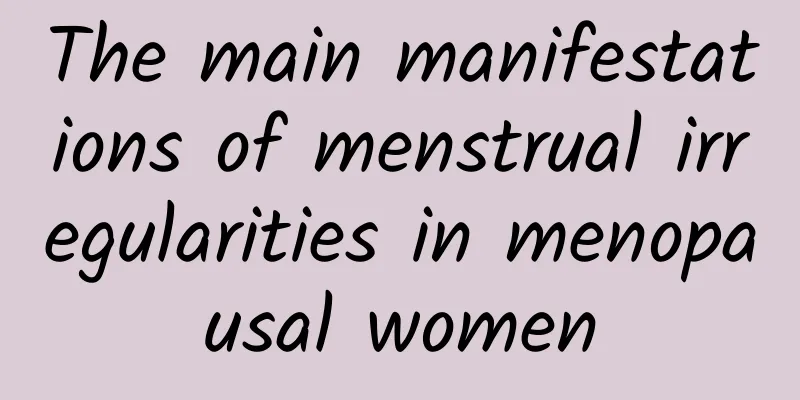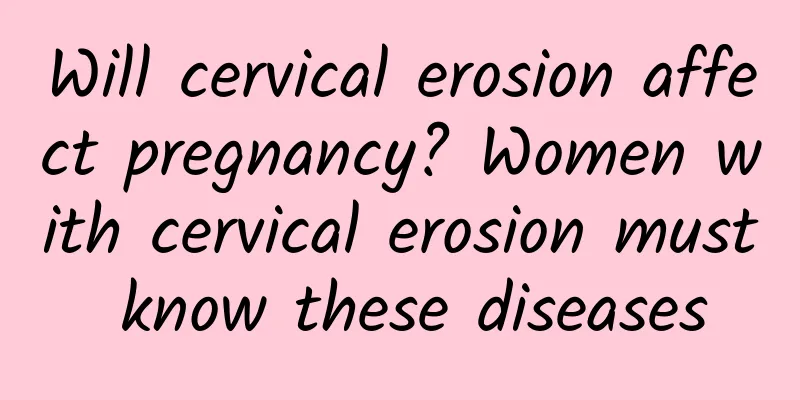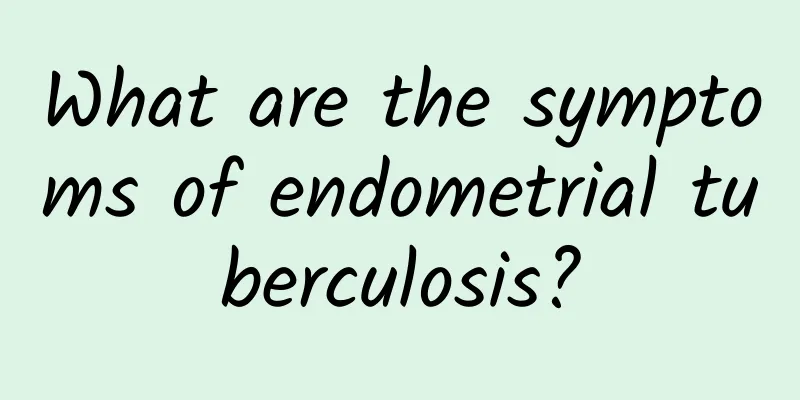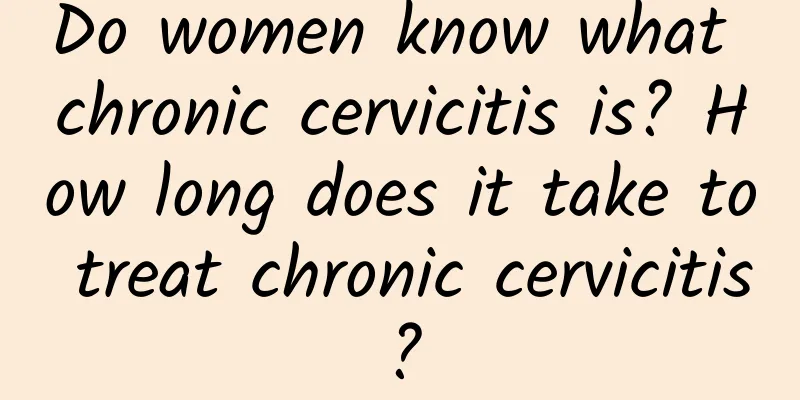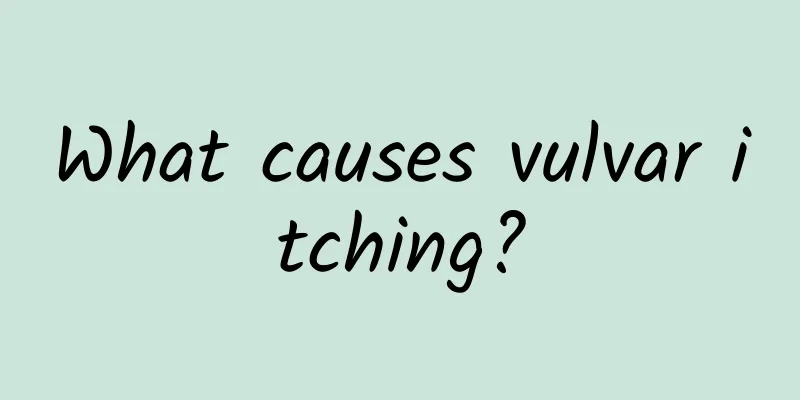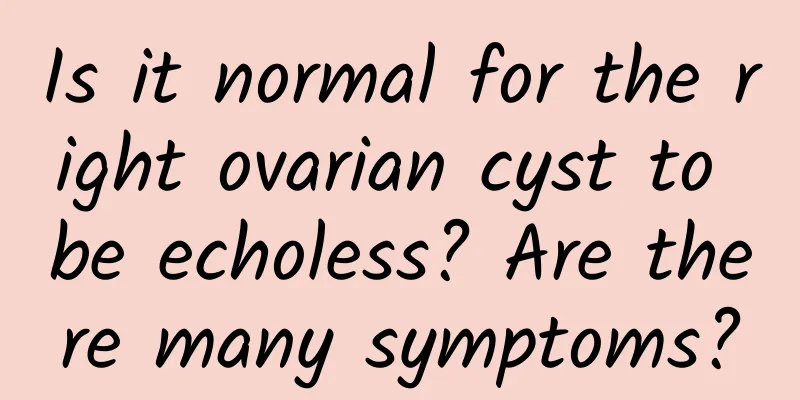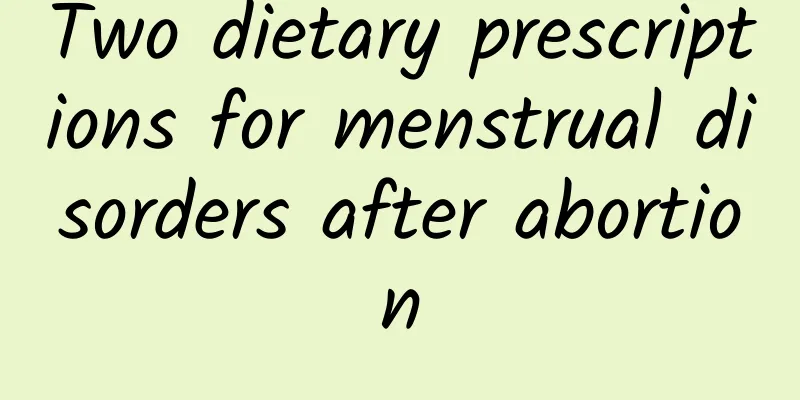What should not be eaten for cervical erosion of the third degree

|
Cervical erosion is one of the common gynecological diseases. Due to various reasons, many patients have recurred after treatment. There are many precautions to avoid recurrence. Hygiene is one aspect, and diet cannot be ignored. Following the dietary principles of patients with cervical erosion is to help patients get rid of the troubles of cervical erosion as soon as possible. So, what foods can't be eaten for patients with third-degree cervical erosion? Dietary principles for patients with cervical erosion There are many causes of cervical erosion. Childbirth, abortion and other intrauterine operations cause small damage to cervical cells, forming small wounds. If they fail to heal in time, they will be invaded by pathogens, causing the wounds to expand. This is the most common cause of cervical erosion and the reason why the disease has a high incidence among married women. The irritation of the tail thread of the intrauterine device to the cervix is a reason why many women who have intrauterine devices are prone to cervical erosion. If there is a small wound on the cervix, the friction with the tail thread during sexual intercourse will increase the wound surface, which is also a cause of erosion. However, differences in individual hormone levels are the root cause of cervical erosion. Especially for women who are pregnant or taking oral contraceptives, cervical erosion is prone to occur. The dietary principles for patients with cervical erosion require that they should eat a light diet, eat more fruits, vegetables and light food, and avoid mutton, shrimp, crab, eel, salted fish, black fish and other hairy foods. They can eat some yin-nourishing foods and qi-replenishing and blood-replenishing drugs appropriately, and eat less irritating and spicy foods such as onions, beef and mutton. The dietary principles for patients with cervical erosion also require that patients should pay attention to eating more lean meat, chicken, eggs, quail eggs, crucian carp, turtle, white fish, cabbage, asparagus, celery, spinach, cucumber, winter melon, mushrooms, tofu, kelp, seaweed, fruits, etc. The above dietary principles for patients with cervical erosion are scientific. They are of great help to patients' recovery. If there is still something you don't understand, you can learn more about the principles through online gynecological consultation. |
<<: Cervical erosion can not eat those foods
>>: What are the mid-term exercises for cervicitis?
Recommend
Environmental groups call for legislation to regulate nitrate residues in leafy vegetables
A few days ago, a vegetarian woman fainted and wa...
Can pelvic effusion cause fallopian tube obstruction?
There are six reasons why fallopian tubes are blo...
What are the clinical manifestations of female cervicitis? Will female cervicitis turn into cancer?
In fact, the body has already sent us some signal...
What medicine can I take for uterine fibroids? What Chinese medicine can I take to eliminate uterine fibroids?
Uterine fibroids are common benign tumors in gyne...
Do people who exercise to lose weight need to fast at night? Nutritionist Song Minghua: 4 tips to help consume energy
People who want to lose weight may have tried the...
What is the cause of uterine infection after miscarriage and how is the infection transmitted?
Uterine infection after abortion is caused by the...
What are the treatments for vaginitis?
People are very concerned about the treatment of ...
What are the hazards of ovarian cysts in fertility?
The ovaries are closely related to female fertili...
How to relieve pelvic inflammatory disease pain
How to relieve pelvic inflammatory disease pain? ...
What should I do if I have irregular menstruation? There are 4 common symptoms of irregular menstruation.
Every woman has menstruation, and it happens for ...
Clinical examination of endometrial tuberculosis
Endometrial tuberculosis is already a very common...
Are ovarian cysts related to pregnancy?
Are ovarian cysts related to pregnancy? 1. Ovaria...
What are the common causes of vulvar leukoplakia?
Vulvar leukoplakia is the most common gynecologic...
Reduce inflammation in your body by doing 20 minutes of moderate exercise every day
In addition to helping people have a better body ...
Can chocolate cysts still ovulate?
Can chocolate cysts still ovulate? Chocolate cyst...

